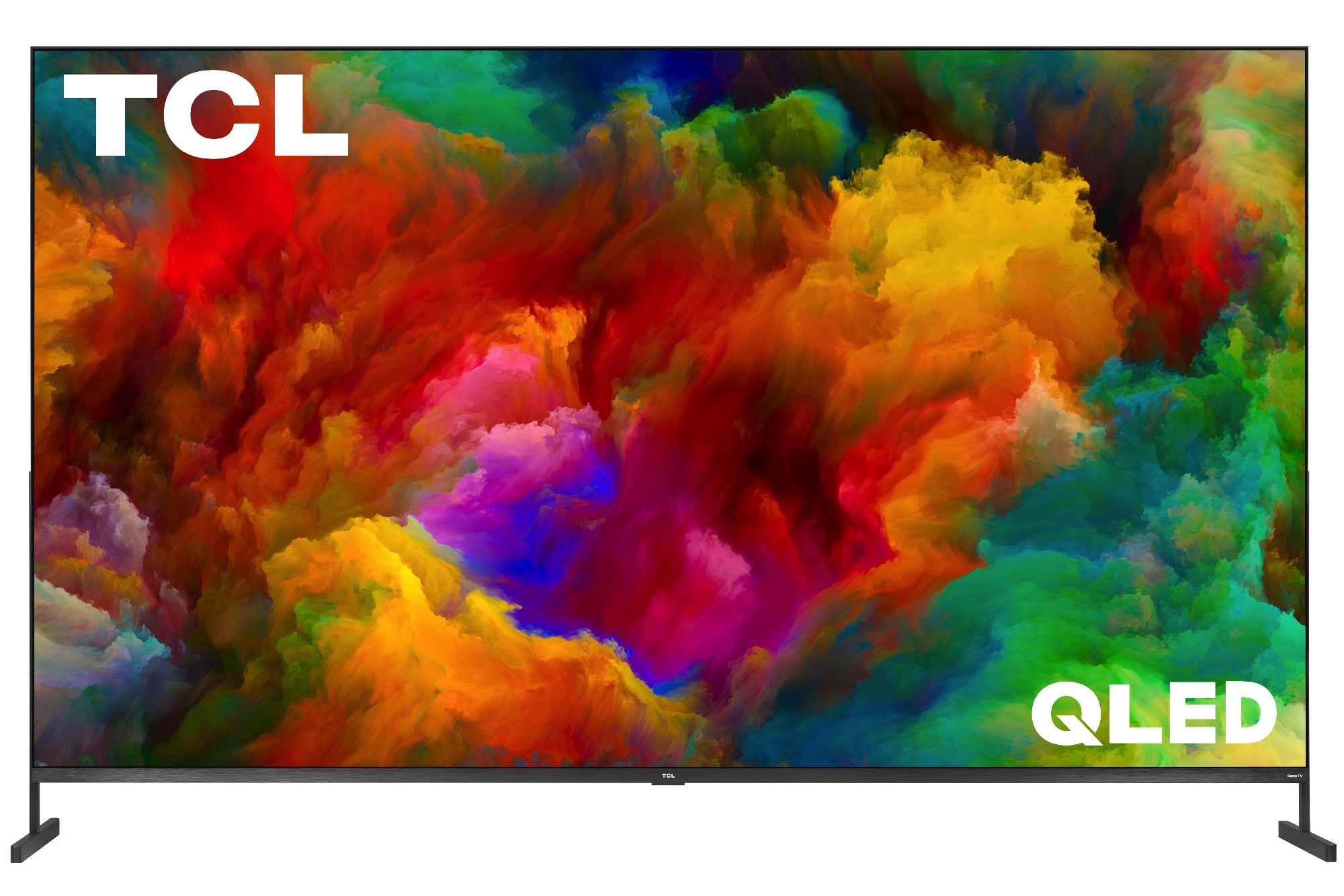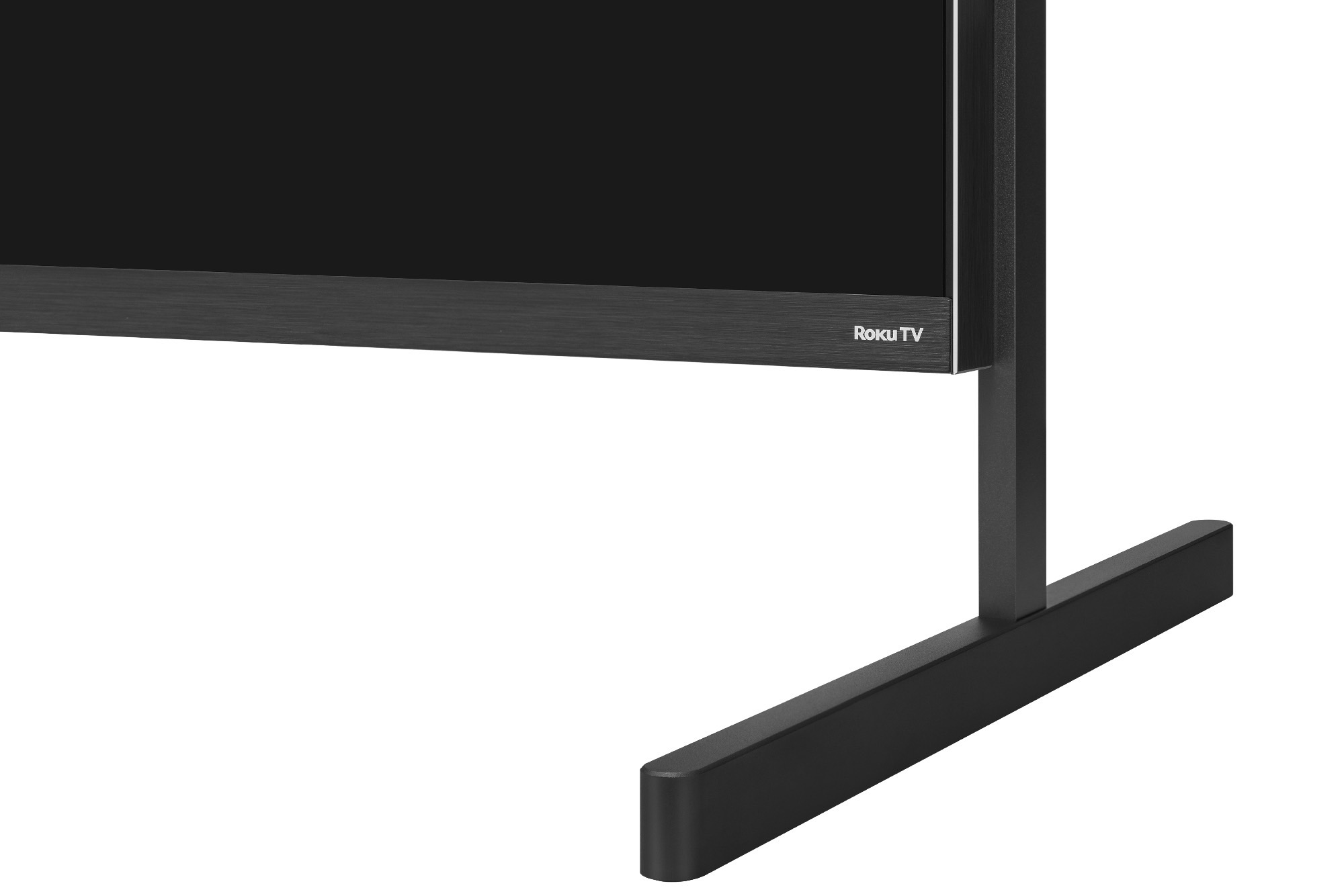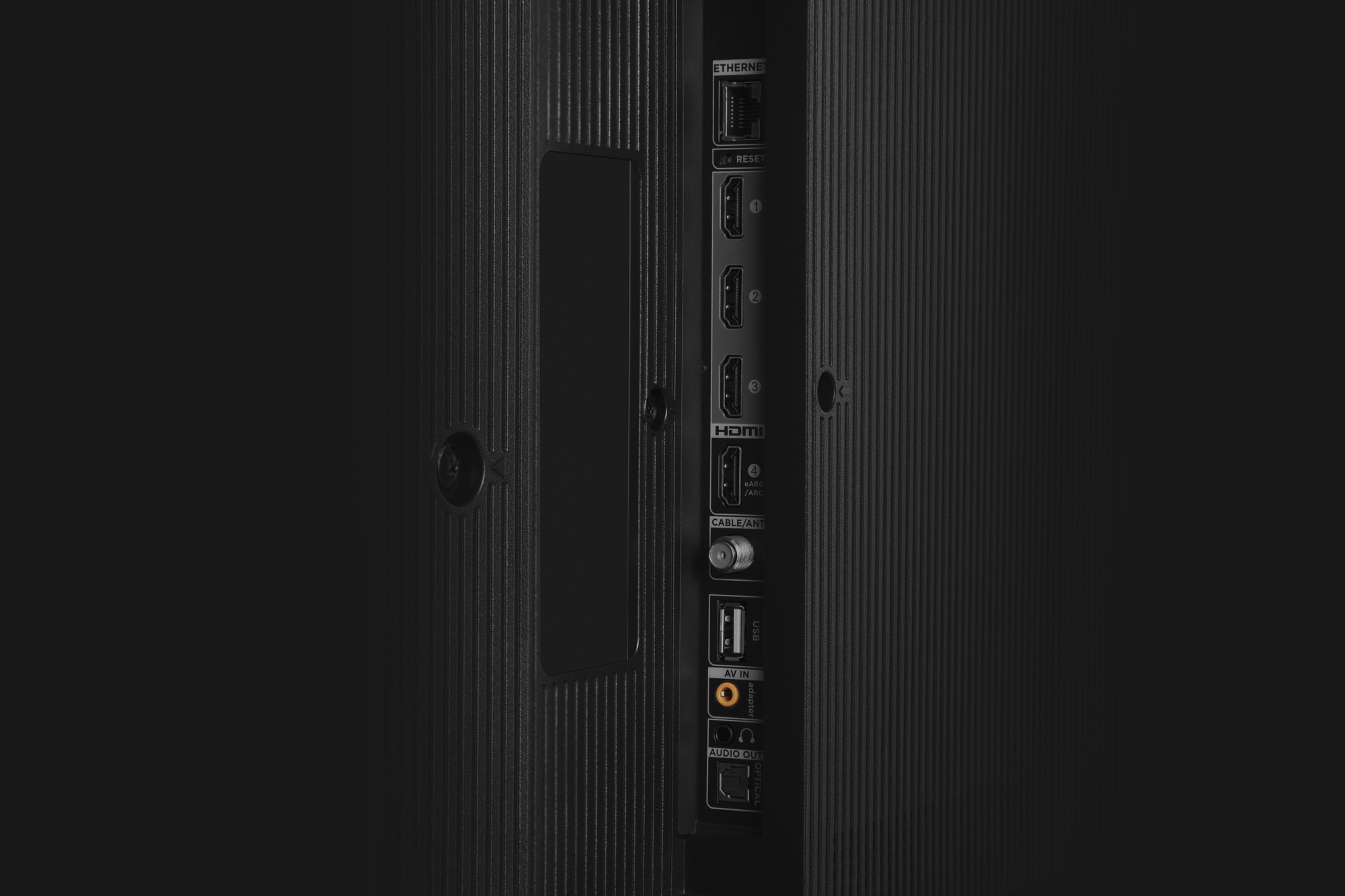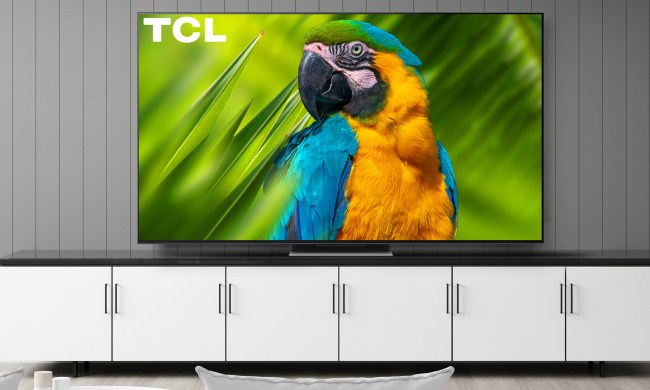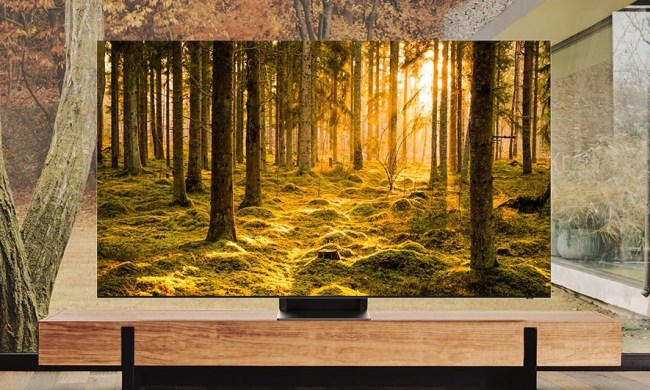Though not everyone will agree, when it comes to TVs, there’s no such thing as too big. At least, that seems to be the guiding principle behind TCL’s new 85-inch Roku TVs, which have been dubbed the XL Collection. Initially introduced at CES 2021, the XL Collection has been formally announced by TCL today. It consists of three models: The entry-level LED 4K HDR version, the step-up QLED-based 4K HDR version, and an OD Zero mini-LED 8K HDR version. All three will be available by the end of the year.

Though they’re not the first 85-inch TVs you can buy — Sony, Samsung, LG, and Vizio all make models that measure 85 inches or more — they are the first to offer the Roku smart TV software.
“Sitting about six feet back from an XL Collection TV can deliver the same 60-degree field of view that is available from watching the gigantic 100-foot-wide screen from the middle row, center seats at the legendary TCL Chinese Theater in the heart of Hollywood,” the company said in a press release.
The most affordable model, the 85S435 — which TCL also refers to as a 4-Series model — actually went on sale earlier this year for $1,600. Beyond its unusually large size, its features are fairly standard for a budget TV. It uses an LED-backlit display that can do 4K and supports HDR10 and HLG flavors of HDR. It has four HDMI 2.0 ports and one that supports HDMI ARC.
It also has two 15-watt built-in speakers and can output Dolby Digital Plus via HDMI passthrough.
Of more interest to most folks will be the step-up 85R745, which is available starting today. It was initially reported as a “7-Series,” but TCL simply calls it an XL Collection model. At $3,000, it’s a good deal more expensive but helps to justify its price through better features.
Digital Trends was offered an early look at this TV. Here’s our in-depth TCL 85R745 review.
It uses a quantum dot-enhanced, full-array, locally dimming (FALD) backlight with 192 local dimming zones. It supports both Dolby Vision and Dolby Atmos, and sports four HDMI ports, one of which works with HDMI eARC. These ports aren’t officially listed as HDMI 2.1, but TCL included support for several HDMI 2.1 features, such as variable refresh rate (VRR), and auto-low latency mode (ALLM). One feature that’s missing is 120Hz support for 4K gaming.
On the other hand, as long as you’re content with 1440p resolution at 120Hz, gaming on the R475 should still be pretty great thanks to its THX Certified Game Mode, which is designed to give gamers a more cinematic experience. Twin 15-watt speakers are combined with a 20-watt subwoofer.
Finally, the OD Zero mini-LED 8K HDR version is the XL Collection model we know the least about. TCL hasn’t released a price, an availability date, a set of specifications, or even some sample images.
It’s a safe bet, however, that image quality will be excellent — possibly rivaling that of OLED TVs thanks to mini LEDs’ ability to control brightness and contrast at a very granular level, thus avoiding much of the light bleed that can occur in regular FALD LED TVs.
Update: The original version of this post stated that the TCL 85R745 was equipped with HDMI 2.1, however only select
